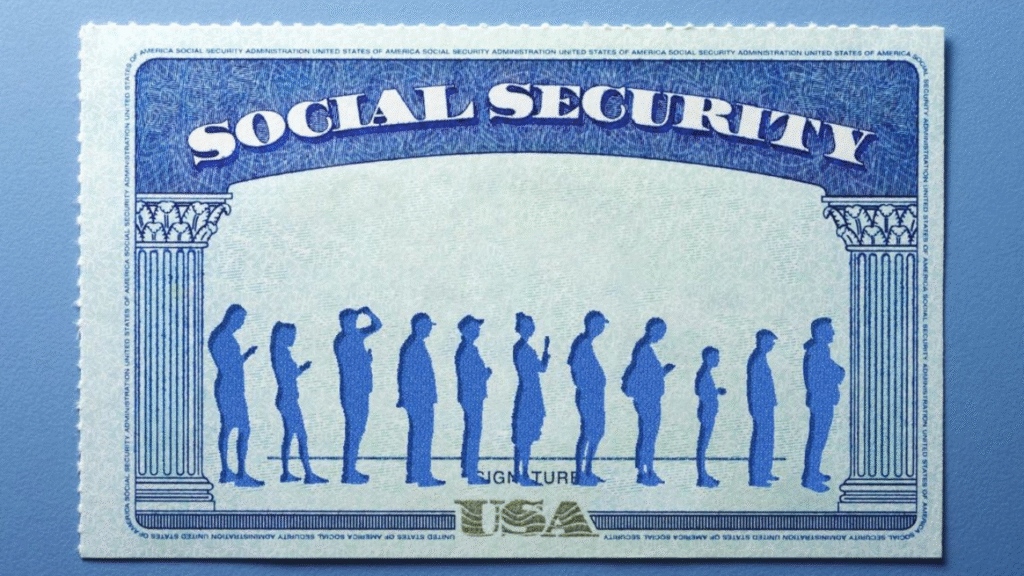In June 2025, the average monthly Social Security retirement check stood at $2,005, according to data from the Social Security Administration (SSA) SSA.gov. While this amount serves as a critical source of income for millions of retirees, many Americans may wonder.
The answer is yes. By understanding how Social Security benefits are calculated and planning strategically, you can potentially increase your monthly payments significantly sometimes by hundreds or even thousands of dollars.
Understanding the Basics: How Benefits Are Calculated
Social Security benefits are based on your highest 35 years of earnings, adjusted for inflation. If you have fewer than 35 years of earnings, zeros are averaged in, reducing your benefit.
The SSA uses a formula that calculates your Primary Insurance Amount (PIA) the benefit you would receive at Full Retirement Age (FRA), which is 67 for anyone born in 1960 or later. However, the amount you receive also depends on when you choose to start benefits.
Strategy 1: Work for at Least 35 Years
Your benefit is based on your top 35 earning years. If you only worked 30 years, SSA will average in five zero-income years pulling down your monthly amount. Even working one extra year at a higher salary can replace a low-earning year and boost your benefit.
For high-income earners, maximizing income each year especially close to retirement can significantly impact final numbers. In 2025, the maximum taxable earnings limit is $176,100. Only earnings up to this cap are counted for benefit calculations.
Strategy 2: Delay Claiming Benefits
While you can begin collecting Social Security at age 62, doing so means permanent reductions—up to 30% less per month if you were born after 1960. On the other hand, delaying benefits past FRA (67) increases your check by about 8% per year, up until age 70.
For example, if your FRA benefit is $2,000/month, waiting until age 70 could boost your monthly benefit to approximately $2,480/month. Over time, especially if you live into your 80s or 90s, this can translate into tens of thousands more in lifetime benefits.
Strategy 3: Check and Correct Your Earnings Record
Your benefit amount is only as accurate as your earnings record. Mistakes such as missing W-2 forms or employer errors can result in a lower check. Create a “my Social Security” account at www.ssa.gov/myaccount to review your income history.
If there’s an error, file Form SSA-7008 to request a correction. Ensuring your record is complete could raise your benefit, especially if a high-earning year is missing.
Strategy 4: Understand Spousal and Survivor Benefits
Married individuals may qualify for spousal benefits, which can be up to 50% of their spouse’s FRA benefit. If your own benefit is lower than your spouse’s, claiming a spousal benefit can increase your income. Widows and widowers may also be eligible for survivor benefits based on their deceased spouse’s work record.
To qualify:
- You must be married for at least 10 years (for divorced spousal benefits).
- You must be age 62 or older to receive spousal benefits, or 60 for survivor benefits (earlier with reduction).
This strategy is especially useful for spouses with little to no work history.

Strategy 5: Withdraw or Suspend Your Claim (If You Applied Early)
If you regret claiming early, the SSA allows a one-time withdrawal of your application within 12 months, provided you repay all received benefits. You can then reapply later for a higher amount.
Alternatively, if you’ve reached full retirement age but want to delay further, you can suspend benefits to accumulate delayed retirement credits. This increases your check when you resume.
Strategy 6: Maximize COLA and Plan for Inflation
Each year, the SSA adjusts benefits through a Cost of Living Adjustment (COLA). In 2025, the COLA is 2.5%, helping protect retirees from inflation. Delaying benefits allows these adjustments to compound on a larger base.
Keep track of future COLA announcements at www.ssa.gov/cola.
What’s the Maximum Benefit?
In 2025, the maximum Social Security benefit is around:
- $2,710/month at age 62
- $3,822/month at full retirement age (67)
- $5,108/month if delayed to age 70
Only individuals who have worked 35+ years at or near the maximum taxable income can reach these figures.
SSA – Retirement Benefits by Age
Final Thoughts
Beating the $2,000 average Social Security check is not only possible it’s achievable for many with proper planning. The keys are:
- Earning more (especially late in your career)
- Working at least 35 years
- Delaying your claim to age 70, if feasible
- Taking advantage of spousal benefits
- Monitoring your earnings history
Nand Kishor is a content writer covering business, economy, and world affairs. With a background in journalism, he focuses on clear, ethical, and insightful reporting. Outside of work, he enjoys chess, cricket, and writing short stories.